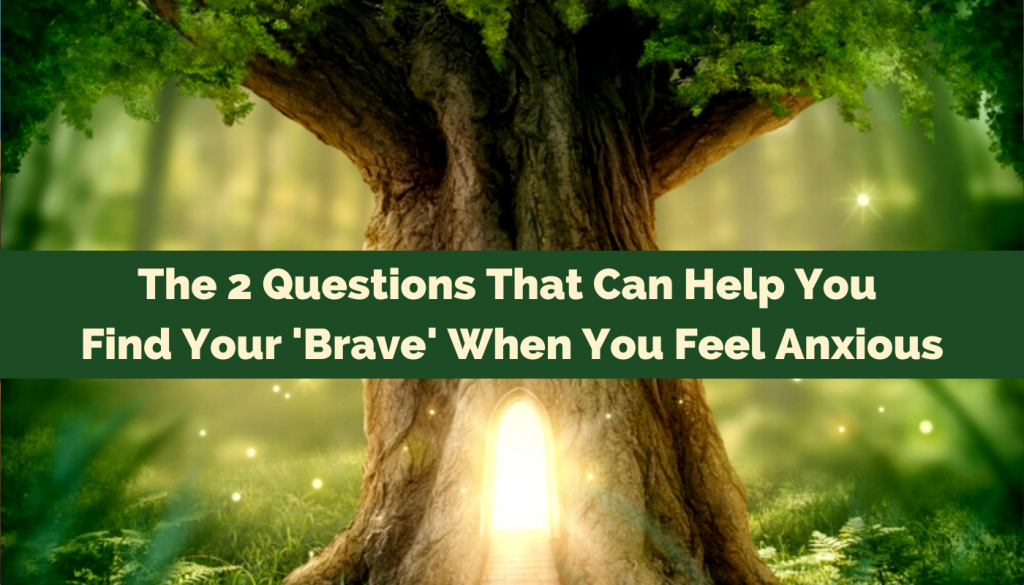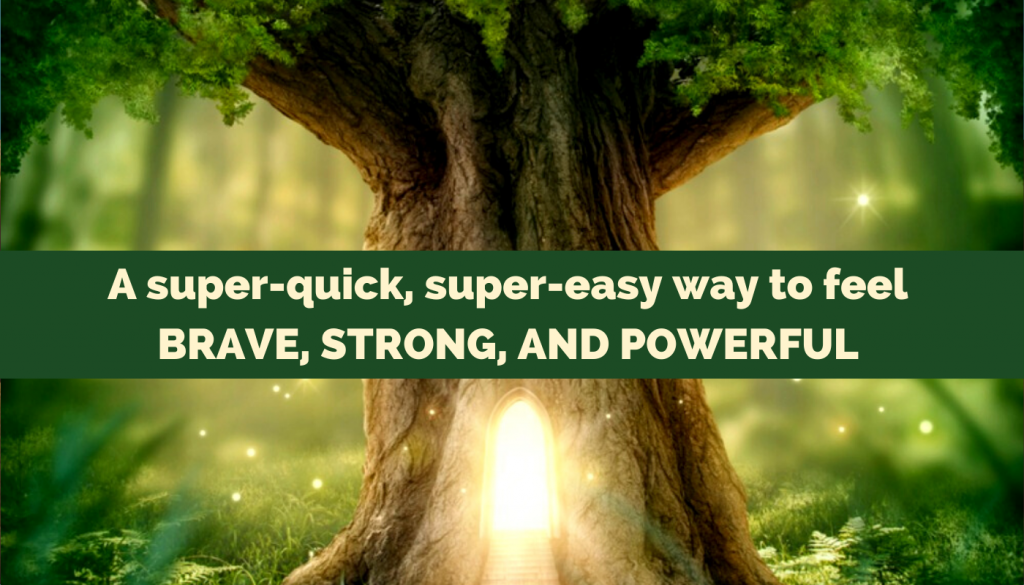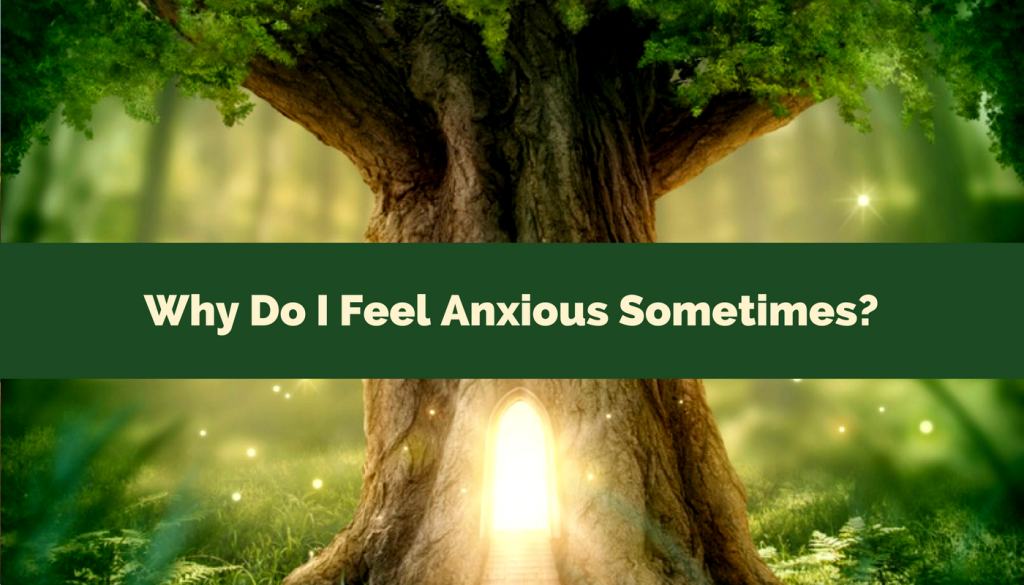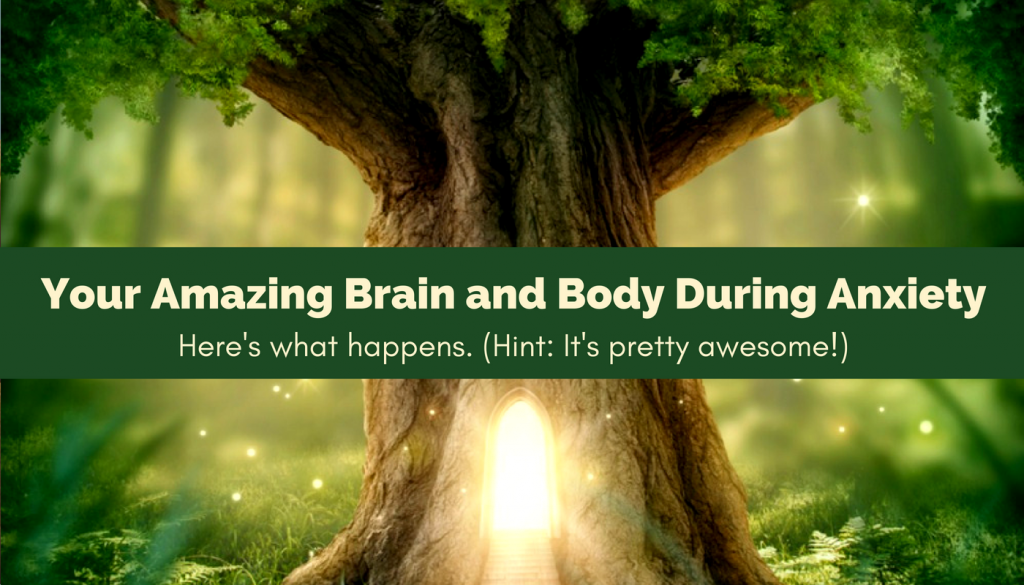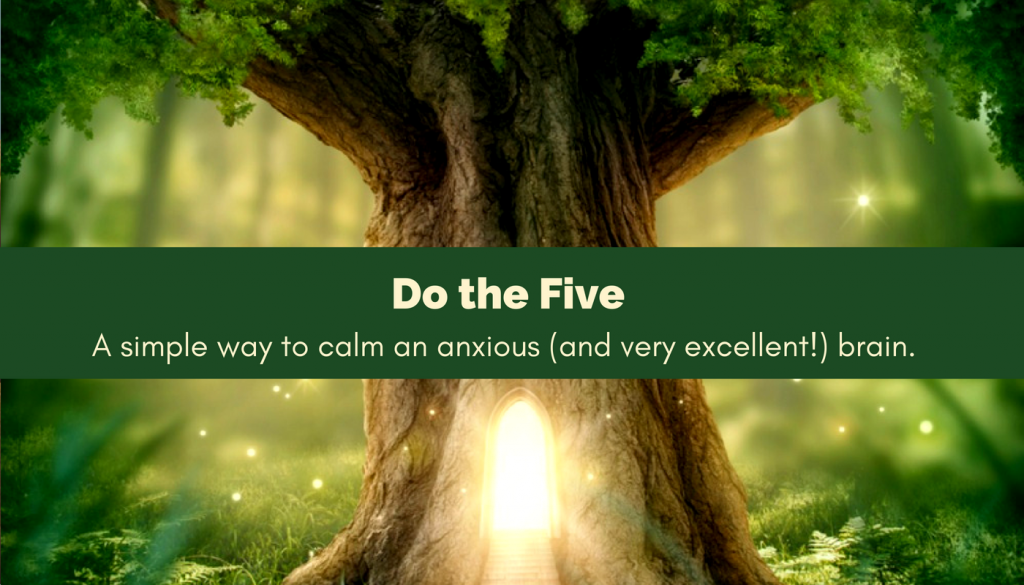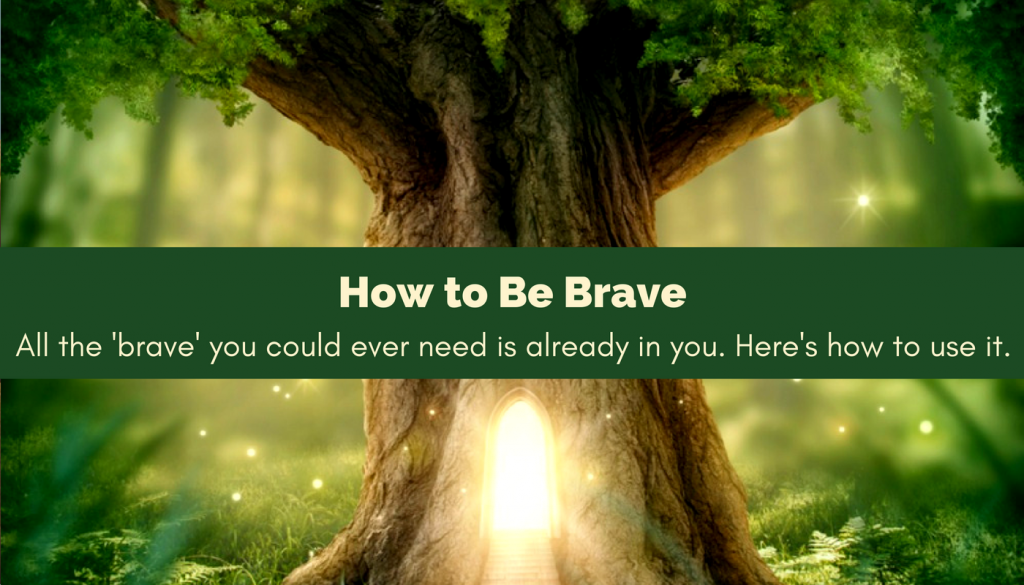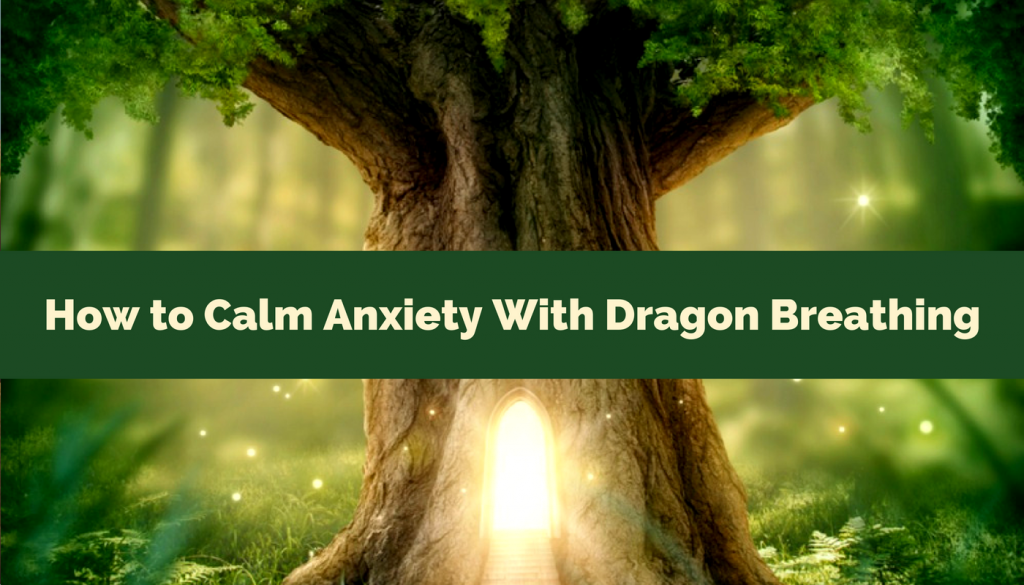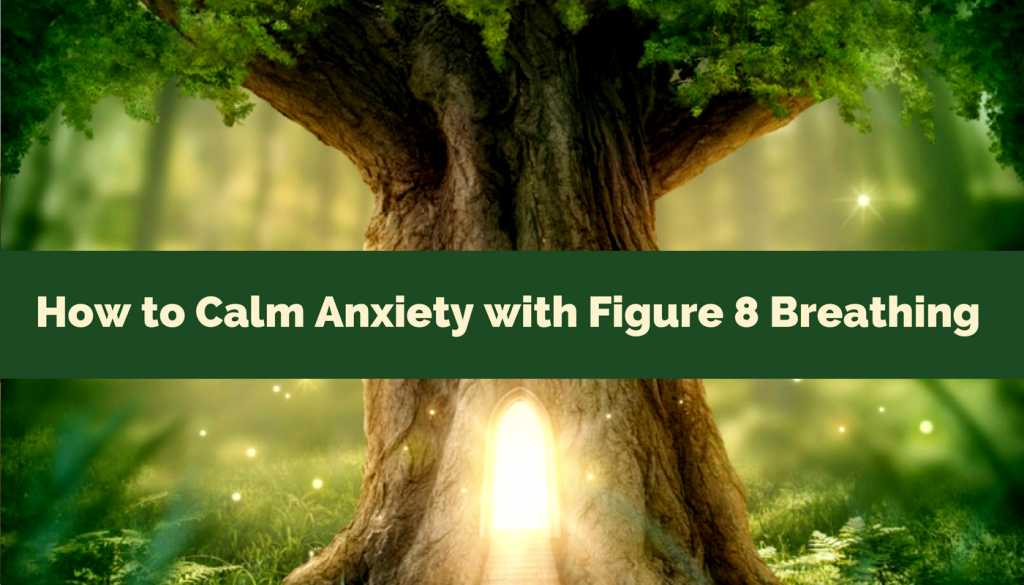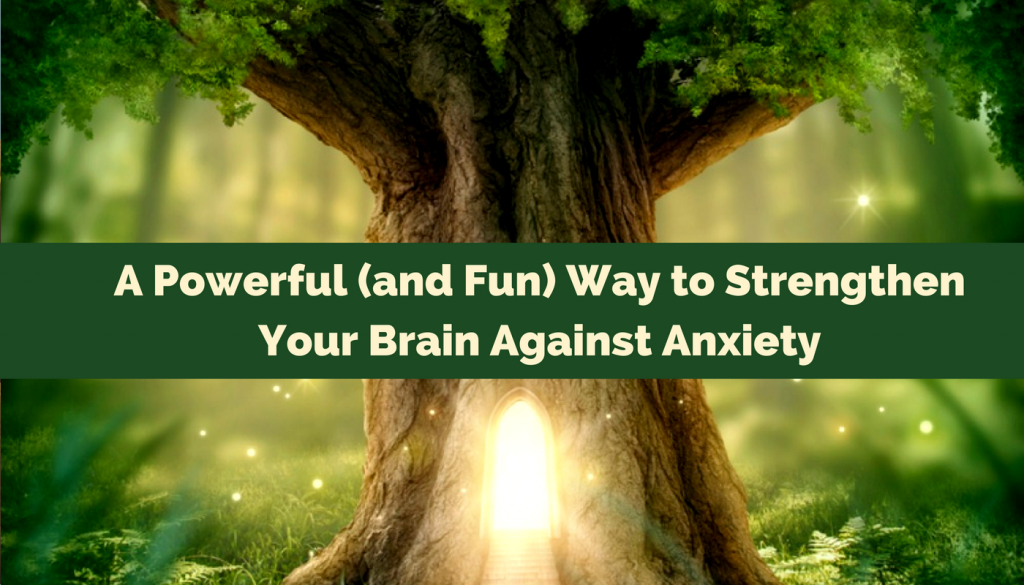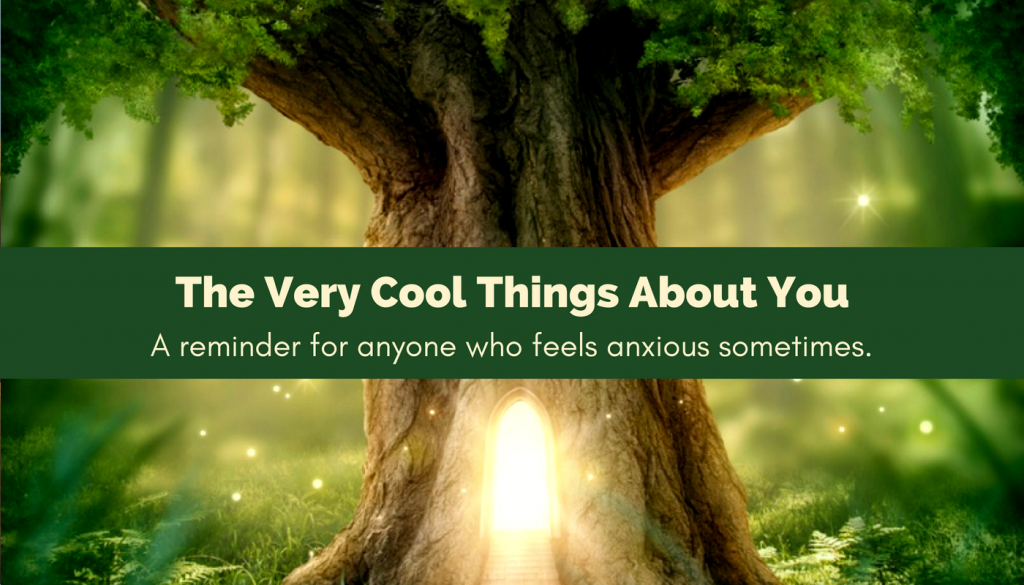Anxiety Videos for Kids
Videos that speak directly to children and the important adults in their lives – because kids are powerful when we empower them.
Latest Articles
-
Anxiety can get in the way of doing things that would be great for you, but it doesn’t have to
-
A super-easy, super-quick way to feel brave, strong, and
-
Speedy heart, tense muscles, sick tummy - oh anxiety! Anxiety can feel like a big dirty
-
What happens in your brain and body during anxiety? (It’s pretty amazing!) Understanding where
-
All the courage you need is already in you, but it doesn’t always feel that way! Here’s how to
-
A deeee-licious way to be the boss of your brain. Hint: Get your (pretend) hot cocoa
-
A very excellent and feel-good way to be the boss of your
-
Something very – very – cool happens in your brain when you exercise. Find out why it’s
-
It’s often the way that the things we would like to change about ourselves (like anxiety) often

